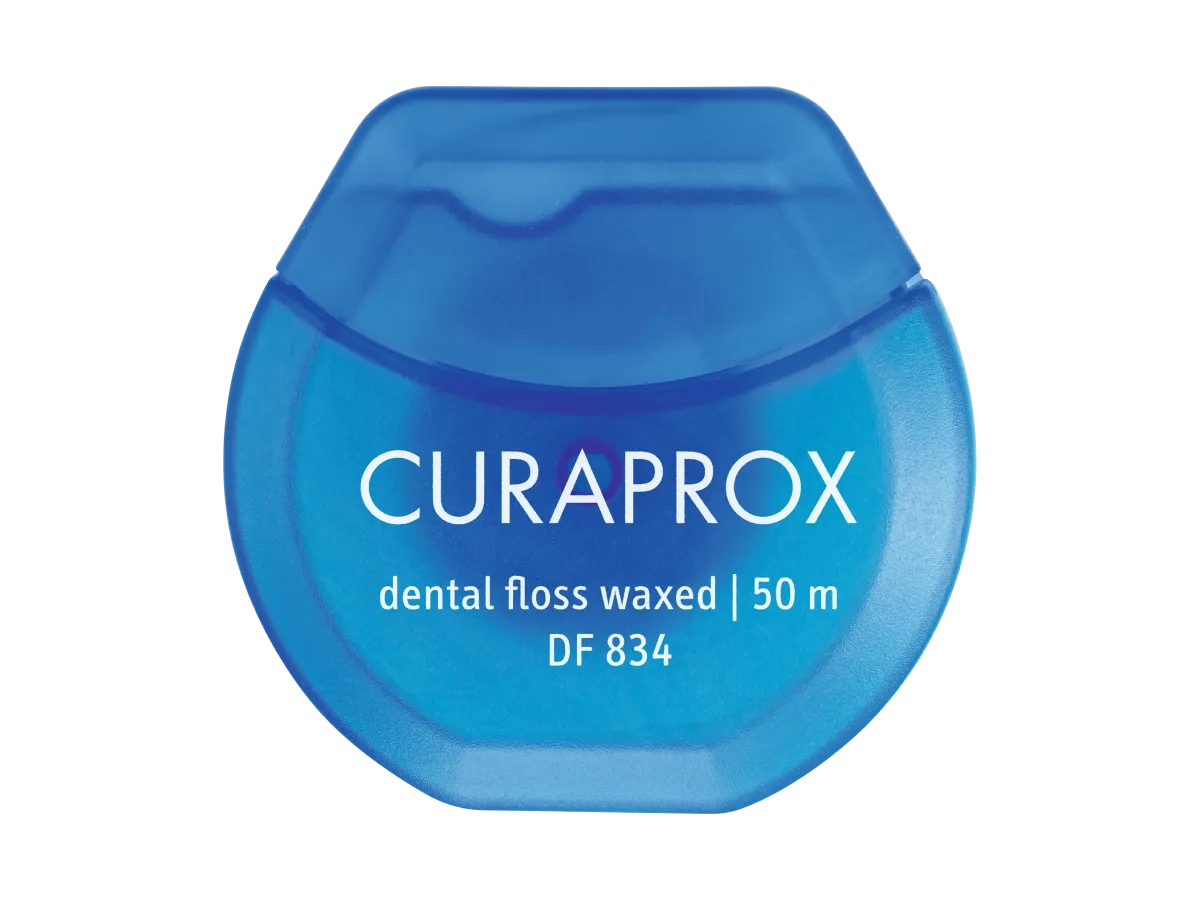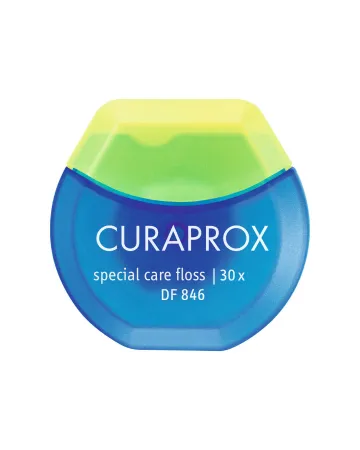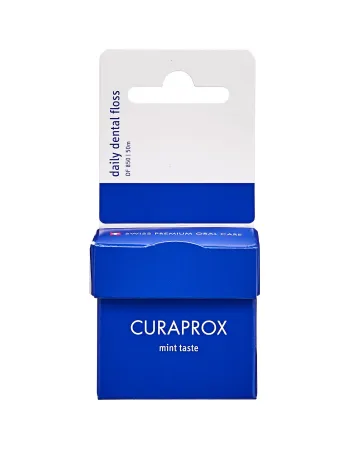 Swiss premium oral care
Swiss premium oral care
 United Arab Emirates
United Arab Emirates
Floss & Picks
Too tight for an interdental brush? Floss and picks glide into the narrowest spaces to remove hidden plaque and help prevent cavities.

3 of 3 products
If I brush well, I don’t need to floss
Sorry, we have to debunk this myth. You really should use dental floss, even when you brush properly and regularly. The reason is quite simple…
By doing so, you limit your risk of tooth decay and other undesirable dental diseases and keep your gums strong, happy, and healthy as toothbrushes can’t reach the small spaces between your teeth. Therefore, your daily oral hygiene habits should generally consist of brushing with an ultra-soft toothbrush such as the CS 5460, using interdental brushes (maybe the CPS prime), and flossing at least once a day.
When interdentals are too big
Dental floss is best when it comes to remove bacteria and food debris in areas that neither your toothbrush nor an interdental brush can reach: super-narrow niches between your teeth and in the gumline. There may be spaces where even the smallest interdental brush of our line—the CPS 06 prime—can't get through, for example between your front teeth. As not cleaning them is not an option, flossing is the answer. Good to know that our flossing products provide the right solution for every need.
How to use floss correctly?
Dental floss is a good tool to get rid of breeding malevolent bacteria between super-narrow or crooked teeth where an interdental brush can’t reach.
And here’s how it works.
- Please wash your hands as a first step before you reach for the dental floss. Now tear a sufficient amount of dental floss off the roll. The ideal length is around 30 centimetres.
- Create a loop with the thread—large enough to accommodate four of your fingers. Gently guide it between your teeth, hug each tooth in a C shape, and move the floss up and down with small movements to clean the sides.
- Mind the gums: you may wonder how deep can you go with dental floss in interdental spaces? You can and should pull the dental floss to below the gum line to remove various deposits that can hide in that area–do it carefully and gently, of course. Once finished, rinse your mouth with water as a final step.
Spot the trouble areas before they become problems
Have you already heard about our great companion to dental floss and toothpicks?
It allows you to check how thoroughly you clean your teeth and to identify any problematic areas before they can cause trouble or develop into cavities or gum inflammation. Meet the Plaque Finder—these easy-to-use smart plaque-disclosing tablets can be chewed and distributed on the teeth with the tongue. They reveal plaque immediately and show you where extra brushing or flossing is required. You can even distinguish older residue from newer: solid, structured plaque appears as blue and newly formed plaque as red. Thanks to this reassurance, you are able to improve your technique and brushing-flossing skills—and it makes oral care even more rewarding and targeted.





